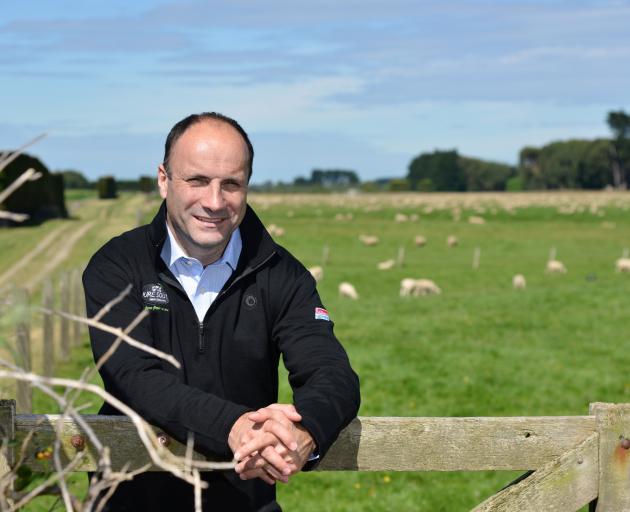
Chairman Murray Taggart and chief executive David Surveyor told about 50 people at its October 10 Oamaru roadshow meeting the co-operative had made big gains but still had further to go.
Its strategy of reducing costs, improving profit, boosting plant capability, and adding value to its products had ``significantly exceeded expectations'', Mr Taggart said.
It had also increased its number of shareholders and ``seen some recovery'' in its market share.
However, profitability was low for a company of its size and it needed to capture more gains more quickly.
Alliance had paid out more than $100million extra to farmers through higher livestock pricing. About $30million of that was due to management; the rest was down to ``really good economic conditions''.
Farmers would receive a pool payout this year, and a bonus share offer based on livestock supplied this season would be issued in December 2018.
The recent acquisition of Goldkiwi Asia would allow the company to understand the Southeast Asia customer and supply chain in detail.
``This is a fundamental change in the way the company is thinking about its business,'' Mr Surveyor said.
The ``foodies'' recruited to access London's top-end eateries had accounted for small sales in the last six months, but they would be 20% bigger in the 2018 financial year.
Alliance was boosting its presence in New Zealand with an office in Auckland and one planned for Wellington.
Marketing would shift from images of processing plants and carcasses on hooks to farmers growing livestock on pasture.
Alliance was the first company to send chilled product to China, processed at the Pukeuri and Lorneville plants. That was ``no mean feat'', Mr Surveyor said.
The Pukeuri slaughterboard chain, which had posed a safety risk, was rebuilt to increase capacity and yield.
The company's safety record had improved markedly, with about a 40% drop in workforce injuries in the last year. However, a serious injury to a Smithfield employee had marred the year.
``We've got to drive this business to zero harm. We've got a long way to go before we can claim excellence.''
Issues Alliance was watching included low wool prices; the possibility of taxes on water, nitrates, and emissions under a new government; and the development of synthetic meat. Mr Taggart said the latter appeared to be ``no immediate threat'', as it was was operating in different market sectors to Alliance.
Mr Surveyor said lamb and venison were in ``very good shape'', but prices were slipping for beef. Within New Zealand, procurement prices were going up due to competition between meat companies.
Alliance was concentrating on improving prices for prime beef and bull, and asking farmers to forecast when they would have stock for slaughter so it could streamline plant throughputs.
Livestock general manager Heather Stacy gave indicative prices. Early-season lamb was likely to fetch $5.70 to $7 [per kg], dropping after Christmas to $5.50 to $6. Sheep was predicted to make $4.05 to $4.20 pre-Christmas, then $3.50 to $3.75.
Early prime cattle prices were likely to be $5 to $5.40, and $4.80 to $5.20 after Christmas. Bull and cow would be $4 to $5 at the beginning of the season, then $4.70 to $5.
Venison was forecast to fetch $9.85 to $10.20 pre-Christmas, and $9 to $9.30 afterwards.
